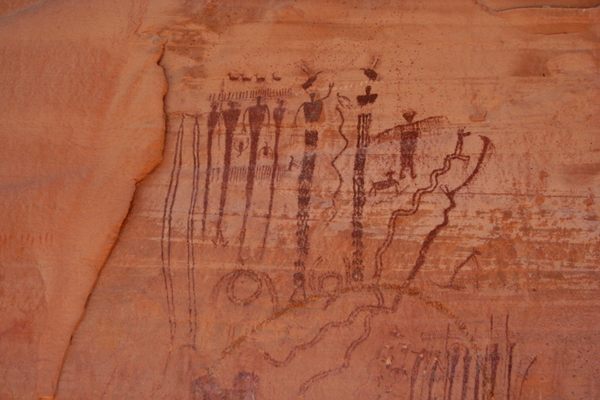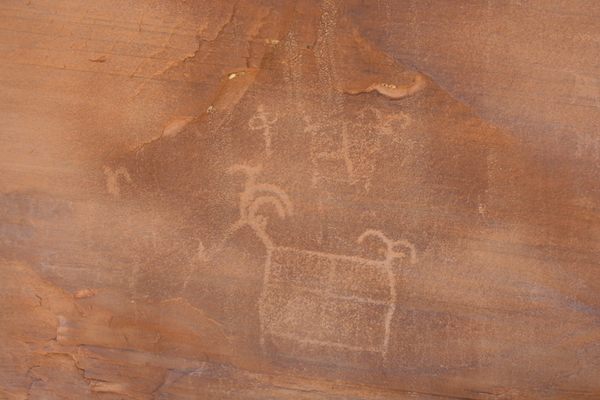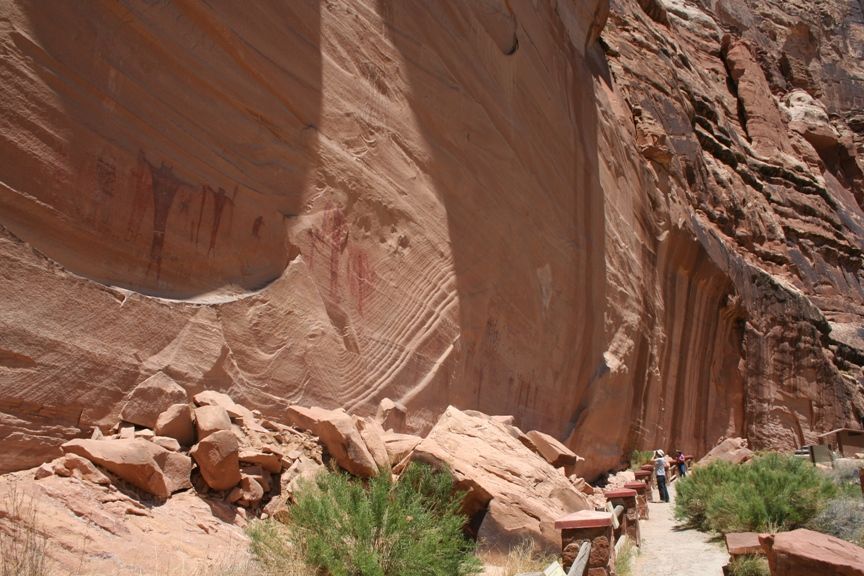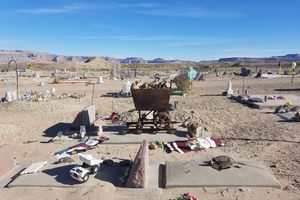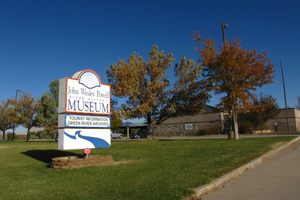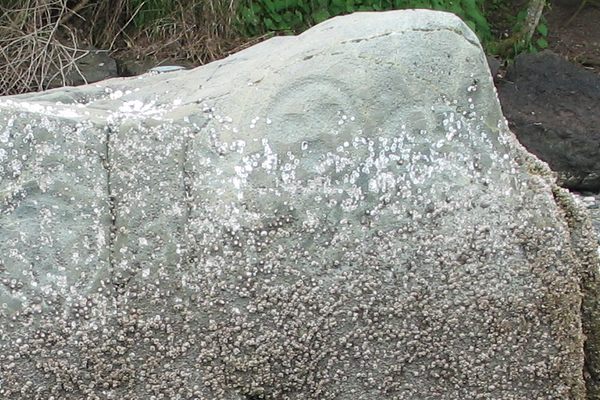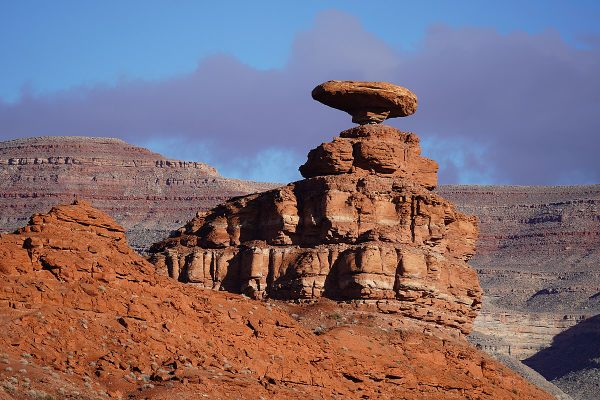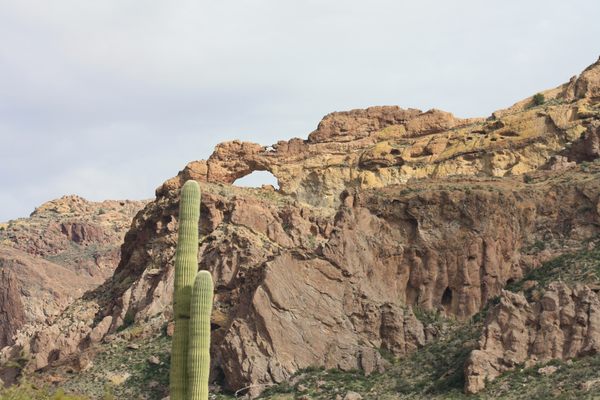About
The rugged terrain of the San Rafael Swell in Utah creates a spectacular picture and even contains some pictures of its own. The Buckhorn Wash is one of its several canyons and gorges to boast a gallery of prehistoric wall art.
Buckhorn Wash is near the northwestern corner of the swell, one of the more accessible parts of the region. Its rock panels contain figures drawn in red ochre, believed to have been first created by people using the Barrier Canyon Style that flourished between 1,500 and 4,000 years ago.
This group of hunter-gatherers were nomadic and probably spent part of the year in the region. The geography rendered it difficult for travelers to safely navigate the area; therefore, some historians believe the figures were painted as part of a ritual. According to this line of thought, people created the images to pray for safety before entering a dangerous stretch of terrain and to give thanks after successfully navigating it.
Researchers have divided the figures drawn on the wall into a mixture of citizens or hominid figures, composite creatures that have characteristics of humans and animals, and spirits who have the features of humans but also show abnormalities like horns, huge eyes, or a lack of limbs. Animals like snakes, dogs, and birds are also featured.
In some cases, the original art was painted over by the Fremont people who also inhabited the swell until around 1,000 years ago. They weren’t the only ones to damage and vandalize the old artwork. The corridor was a part of the Old Spanish Trail, a trade route between New Mexico and parts of California, which led to further degradation. Local authorities partially restored the surviving images in 1996.
Related Tags
Community Contributors
Added By
Published
December 4, 2017
Sources
- http://www.wikiwand.com/en/Buckhorn_Draw_Pictograph_Panel
- https://books.google.com/books?id=CGzcBAAAQBAJ&pg=PT515&dq=Buckhorn+Wash+Pictograph+Panel&hl=en&sa=X&ved=0ahUKEwj5-4SypefXAhVOct8KHYNrCy0Q6AEIMTAC#v=onepage&q=Buckhorn%20Wash%20Pictograph%20Panel&f=false
- https://pages.vassar.edu/realarchaeology/2017/02/26/the-buckhorn-wash-pictograph/
- http://ilovehistory.utah.gov/people/first_peoples/fremont.html
- http://www.gjhikes.com/2014/01/buckhorn-wash-pictograph-panel.html
- https://www.roadtripryan.com/go/t/utah/san-rafael-swell/buckhornwash
- https://www.outdoorproject.com/adventures/utah/special-destinations/buckhorn-wash
